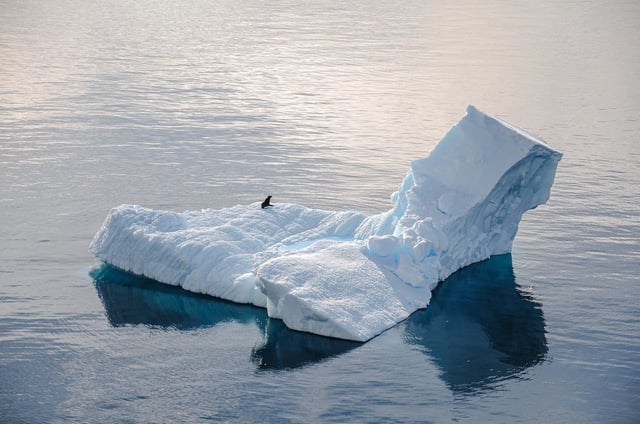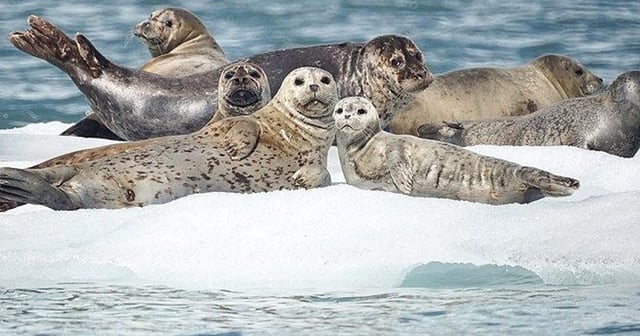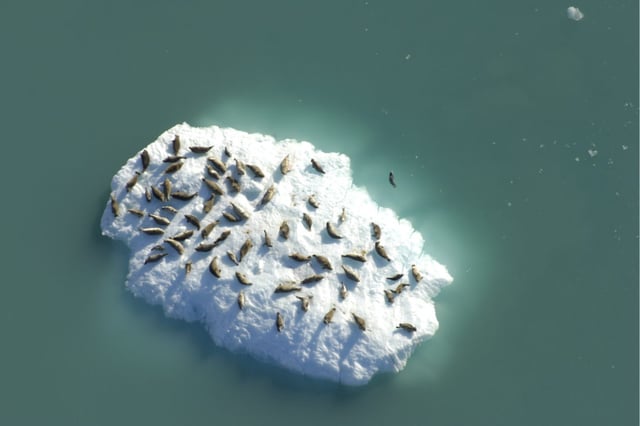Overview
- Harbor seals in Alaska's Johns Hopkins Glacier rely on icebergs for birthing, caring for pups, and molting, but climate change is altering these critical habitats.
- The study reveals seals prefer slower, stable icebergs during the pupping season and faster-moving icebergs near foraging hotspots during molting season.
- Johns Hopkins Glacier, one of the few advancing glaciers globally, sheds fewer icebergs due to a sediment wall that slows melting but reduces habitat availability for seals.
- Researchers used aerial surveys, time-lapse cameras, and remote sensing to track seal distribution and iceberg dynamics over several years.
- Findings underscore the need for interdisciplinary studies and long-term monitoring to understand and mitigate the impacts of climate change on glacier fjord ecosystems.


